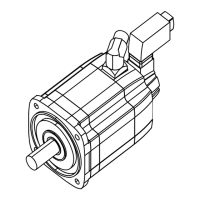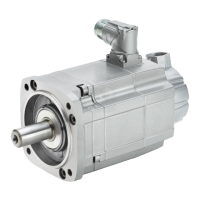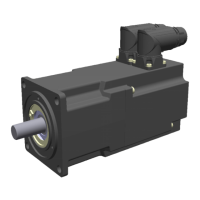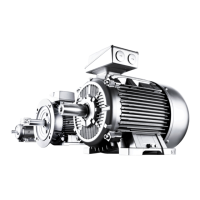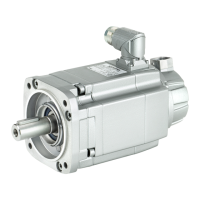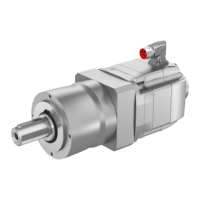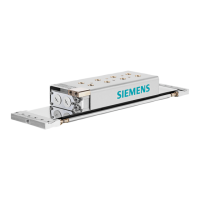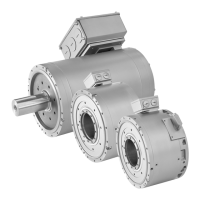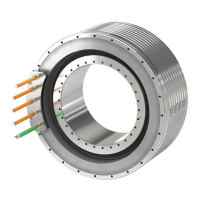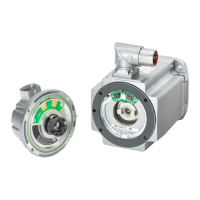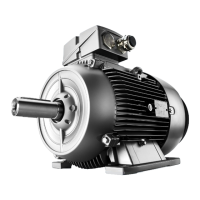1FT7 synchronous motors
Operating Instructions, 04/2010, 610.40075.40b
25
Mounting
5
5.1 Installing
CAUTION
Temperature-sensitive parts
Some parts of the electrical motor enclosure can reach temperatures that exceed 100 °C.
Temperature-sensitive components, e.g. cables, etc., can be damaged if they come into
direct contact with the motor enclosure.
When locating temperature-sensitive components, ensure that they do not come into
contact with the motor enclosure.
CAUTION
Shaft extension
When installing and mounting the motor, ensure that the shaft extension is protected
against impact and pressure.
Note
Observe the technical data on the labeling plates on the motor enclosure.
The following must be taken into account when installing motors
● Observe the data on the rating plate, as well as the warning and information plates on the
motor.
● Observe permissible radial and axial forces (refer to the configuration manual). Axial
forces are not permitted for motors with an integrated brake.
● Check that the motors comply with the conditions (e.g. temperature, installation altitude)
at the installation location.
● Their use is prohibited in hazardous zones and areas.
● Ensure that the shaft extension is completely free of any anti-corrosion protection (use a
commercially available solvent).
● For natural-cooled motors, it must be ensured that thermal losses can be properly
dissipated (see the chapter titled "Cooling").
● If the motor is installed vertically with the shaft extension facing up, ensure that no liquid
can enter into the upper bearing.
● Screwed-in lifting eyebolts can be removed following installation.
● Ensure that the flange joint sits evenly; try to avoid warping fixing screws during
tightening. Use hexagon socket head cap screws with a minimum property class of 8.8.
Observe the tightening torques for the fixing screws of the motor flange.
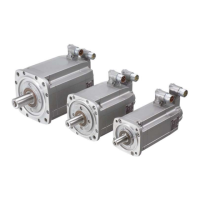
